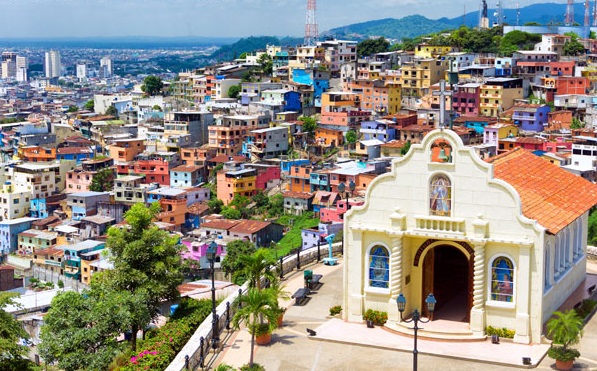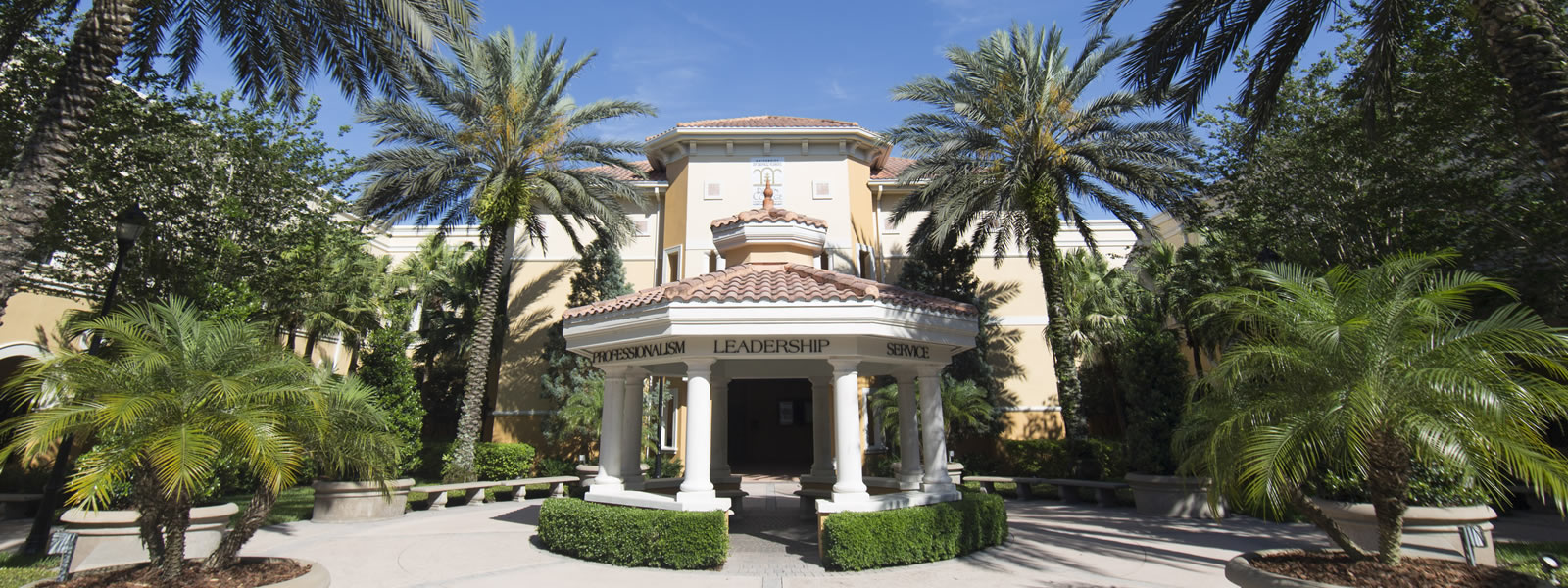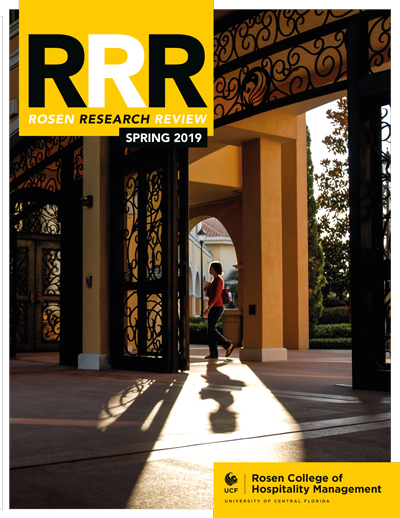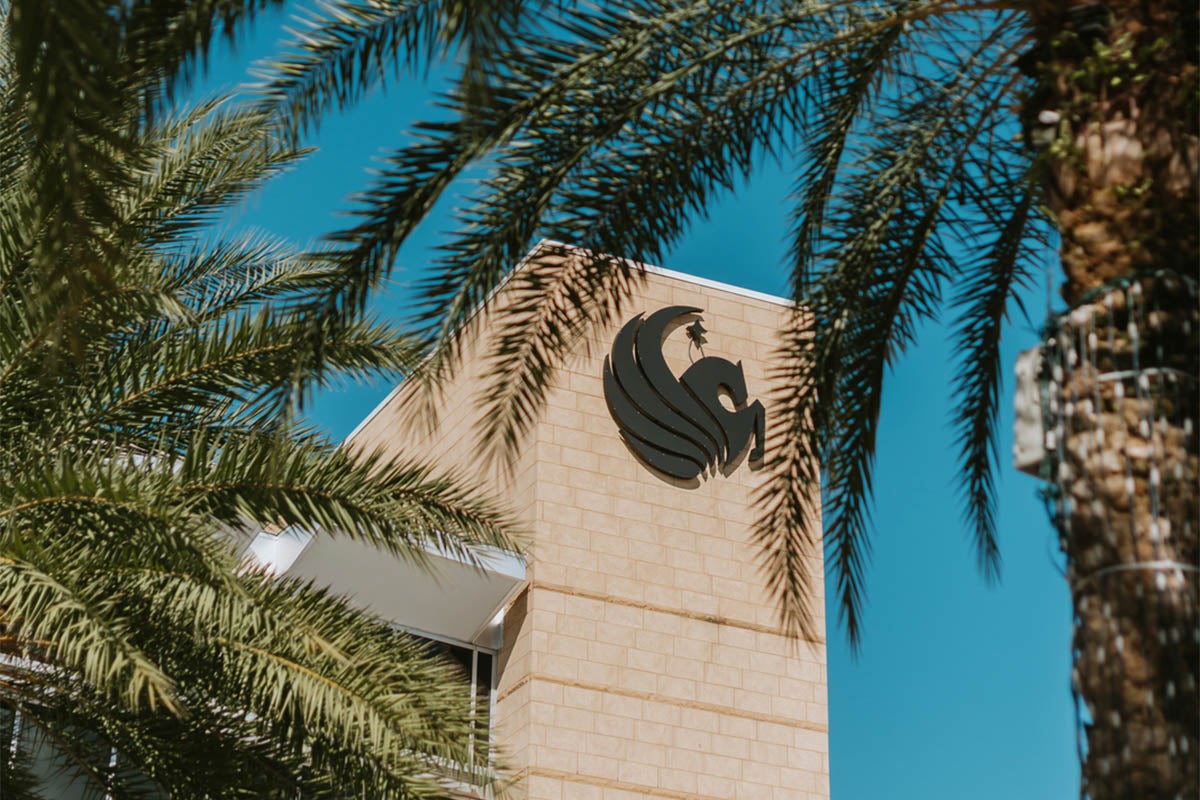Rosen Research Review: Tourism’s Potential to Benefit Ecuador’s Poor

You might assume (and not without reason) that tourism can help improve the living standards of those in poverty. It is something that Western travelers often tell themselves and others in order to justify travel to less economically developed countries, and the intrusion on places where quality of life is much lower than their own. The positive impact of tourism on poor communities has been described in previous studies (Croes & Vanegas, 2008) as a trickle-down effect, where the boost to the domestic economy from international tourism eventually benefits everyone. However, thinking on this is beginning to change. Might it be possible that international tourism actually effects positive change disproportionately for the poorest? Could it even contribute to the advancement of social equality? If the development of tourism within developing economies does indeed offer a ‘pro-poor’ solution to economic growth, this could be of major importance to economic policy makers around the world.
Photo: Jess Kraft/Shutterstock.com
PRO-POOR POSSIBILITIES
In a recent demonstration of the high-quality research undertaken at Rosen College of Hospitality Management, Dr. Robertico Croes and Dr. Manuel Rivera’s 2017 article in Tourism Economics won the journal’s 2018 Thea Sinclair Award for Journal Article Excellence. Their novel approach, using a Social Accounting are higher than those experienced by other citizens. In other words, the poorest citizens see their absolute incomes increase, but their incomes also increase relative to more well-off citizens. This finding is at odds with how a trickle-down effect has previously been understood to affect the poor.
Matrix (SAM) to model the flows of capital between different industrial sectors and households, adds to the discussion of tourism development within developing countries as a means of creating pro-poor growth. They suggest that increases in the levels of international tourism within developing countries directly relate to rises in income amongst the poorest within society that are higher than those experienced by other citizens. In other words, the poorest citizens see their absolute incomes increase, but their incomes also increase relative to more well-off citizens. This finding is at odds with how a trickle-down effect has previously been understood to affect the poor
Ecuador has one of the highest levels of inequity in South America and almost half of its population lives in poverty. In particular, there is a strong economic disparity between rural and urban populations. It also has one of the fastest growing tourism industries in South America. The sector currently accounts for 5.3% of GDP, with over 300,000 people directly employed in tourist-related jobs. These factors combined make it the perfect case study for a look into the effects of tourism on poverty-stricken populations. Croes and Rivera aimed to explore how an additional $10 million increase in the international demand for tourism would be re-distributed throughout the Ecuadorian economy.
To investigate whether the effects of tourism on those in poverty are more immediate than a slow trickle-down, Croes and Rivera asked two key questions using Ecuador as an example: Does tourism benefit the poorest people within developing societies? And if this is the case, do the poorest citizens from developing countries disproportionately benefit i.e., can tourism reduce inequality?
PRO-POOR ECUADOR?
To evaluate whether tourism in Ecuador is pro-poor, Croes and Rivera used a Social Accounting Matrix (SAM). Until now, this method has rarely been used in studies relating to the economic consequences of tourism development. SAM models represent the movement of capital flows across different sectors within a country over a single year – they can be thought of as a ‘snapshot’ of the economy during that time. SAM models also allow the impact of external influences on domestic economies to be illustrated. The SAM of Ecuador was developed using Ecuadorian government national accounts data from 2008 and household income data from the 2010 census. The researchers wanted to be able to view the impact of tourism development according to income level as well as reflect the pronounced rural/urban income disparity. The population was therefore spilt according to income level into five quintiles for rural populations and five quintiles for urban populations.
Firstly, due to the multiplier effect that tourism spending creates, Croes and Rivera found that the $10 million increase in the demand for tourism produced an associated $23 million increase in the size of the Ecuadorian economy. This figure can be explained by a ‘tourist dollar’ being spent more than once; a tourist will spend their money, for example, on dinner in a restaurant. In turn the restaurant will either consume goods from producers in other sectors or pay its own staff wages, which will be spent elsewhere (Akkemik, 2012). The researchers demonstrated that approximately 60% of tourist-related income was accrued to service industries. Also, around 65% of the economic gain that tourism produces is received as either remuneration (e.g. wages) or mixed income. The mixed income metric includes self-employed earnings. Poorer quintiles rely on self-employment for up to 90% of their pay. This suggests that it is likely in this case that poorer households do disproportionately benefit from tourist spending.
Using the SAM methodology, the authors concluded that a 10% increase in the international demand for tourism boosted incomes across all income-ranked quintiles. Strikingly, the economic impact of tourism development saw wages rise by 31% more in the lowest quintile groups when compared with the highest. People in the lowest quintile gained most from tourism when compared to their national share of average, with people in the top quintile seeing their share of tourism- related income fall below the national average. This re-distribution of incomes confirms that tourism development is a pro-poor method of delivering growth which has the potential to reduce inequality.
Many of the poorest citizens in Ecuador are not directly employed in the tourist industry, meaning that the indirect benefits households gain from increased tourism are more important to the poorest groups. Croes and Rivera suggest that 78.35% of the total economic effects of increased tourism are acquired by households, reflecting the strong links between industry sectors. These strong links provide an explanation of the multiplier impact of tourist-based spending in Ecuador. Notably, 85% of the benefits derived from tourism development went to urban areas. The location of tourist hotspots is therefore important and more rural-based attractions need to be developed in order to assist the rural poor.
PRO-POOR RESEARCH AND POLICY MAKING
It would appear that tourism development meets both the absolute and relative definitions of pro-poor growth, and that it is an effective strategy for addressing poverty issues in countries of a similar economic status to Ecuador. In addition, there are some clear implications for the wider research and policy community. The SAM is clearly demonstrated to be an appropriate technique to evaluate the diffusion of income within an economy. Detailed data is not required in order to utilize a SAM, ideal when studying the interactions that occur within a developing country’s economy. Policy-makers should take heed of the fact that the study also highlighted that where tourists spend their money is important, with hotels and restaurants noted as particularly beneficial. The strong links across sectors related to tourism are also key in spreading and multiplying tourist spending and should be nurtured. Ecuadorian policy-makers should, however, not ignore the fact that currently 84% of the benefits are going to urban households; an emphasis on developing infrastructure in rural Ecuador would spread the economic benefits of tourism more equitably.
The Ecuadorian government do already plan to spend $660 million over four years to promote Ecuador as a destination and improve infrastructure, so it looks as if the pro-poor phenomenon will continue to play out in Ecuador as Croes and Rivera have so carefully plotted. With the new detailed data in the policy-makers’ hands, we can also hope that wealth can now be distributed more evenly across urban and rural communities; this research may pave the way for real social good.

Dr. Robertico Croes is a Professor and the Associate Dean, Research & Administration at Rosen College of Hospitality Management, where he also serves as the Director of the Dick Pope Sr. Institute for Tourism Studies. Dr. Croes has authored four books and has more than 100 published works. His research has been presented and applied in many countries. Professor Croes is the recipient of numerous research awards such as the 2018 Thea Sinclair Award.
E: Robertico.croes@ucf.edu T: +1 (407) 903 8028
W: https://hospitality.ucf.edu/person/robertico-croes/
 Dr. Manuel Rivera is an Assistant Dean at Rosen College of Hospitality Management. He holds a Ph.D. from the University of Central Florida, a M.S. from Florida International University and a BS. from Penn State University. He is the Editor in Chief for the International Journal of Hospitality Management, and the recipient of the 2018 Thea Sinclair Award.
Dr. Manuel Rivera is an Assistant Dean at Rosen College of Hospitality Management. He holds a Ph.D. from the University of Central Florida, a M.S. from Florida International University and a BS. from Penn State University. He is the Editor in Chief for the International Journal of Hospitality Management, and the recipient of the 2018 Thea Sinclair Award.
E: Manuel.rivera@ucf.edu T: +1 (407) 903 8210
W: https://hospitality.ucf.edu/person/manuel-rivera/
Researchers in Focus
Research Objectives
Drs. Croes and Rivera focus their work on the potential of tourism as a tool of poverty alleviation. They recently published a book, Poverty Alleviation through Tourism Development: A Comprehensive and Integrated Approach (2016).
References
Key paper
Croes, R. & Rivera, M. (2017). Tourism potential to benefit the poor: A social accounting matrix model applied to Ecuador. Tourism Economics, 23(1), 29-48.
Other background sources
Akkemik (2012) “Assessing the importance of international tourism for the Turkish economy: a social accounting matrix analysis. Tourism Management, vol. 33, pp. 790-801.
Croes, R. & Vanegas, M. (2008) “Tourism and poverty alleviation: a co-integration analysis, Journal of Travel Research, vol. 47 (1), pp. 94-103.
Croes, R. & Rivera, M. (2016). Poverty Alleviation through Tourism Development: A Comprehensive and Integrated Approach. Apple Academic Press: Waretown, NJ.
Mitchell, J. & Ashley, C. (2010) “Tourism and Poverty Reduction: Pathways to Prosperity”, London, The Cromwell Press Group.
Pyatt, G. & Thorbecke, E. (1976) “Planning Techniques for a Better Future: A Summary of a Research Project on Planning for Growth, Redistribution and Employment”.Geneva, International Labour Office.
Personal Response
If increasing numbers of developing country governments increase their tourism industries is this likely to reduce the effectiveness of tourism as a pro-poor development tool?
No. The global tourism industry has continued to grow for decades. The value of the industry either equals or surpasses some top performing industries such as oil exports, food production, and automobiles. By 2030, the World Tourism Organization (WTO), estimates that international tourism numbers will increase by 1.8 billion tourists/travelers. The share of international tourists visiting developing countries has steadily increased over the years and the expectation is that it will continue to grow. The continued growth of the industry guarantees that developing countries will have access to new potential markets that are in search of different experiences and exposure to different cultures. Each tourist destination can create culturally authentic experiences that are derived from the interaction between the people who live there and the tourists who visit.




